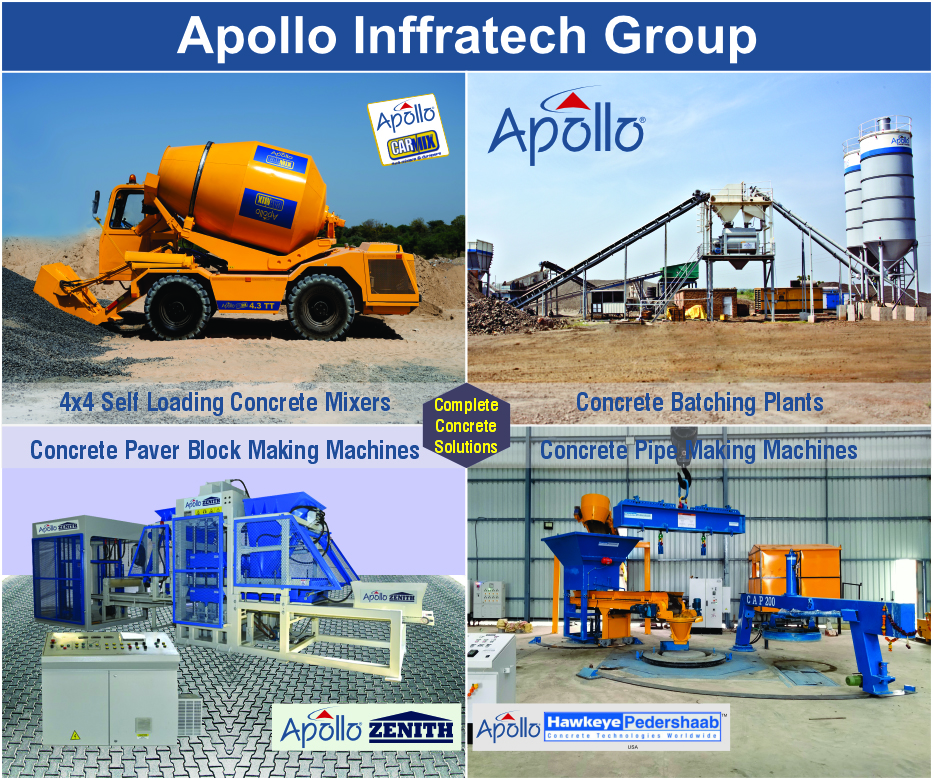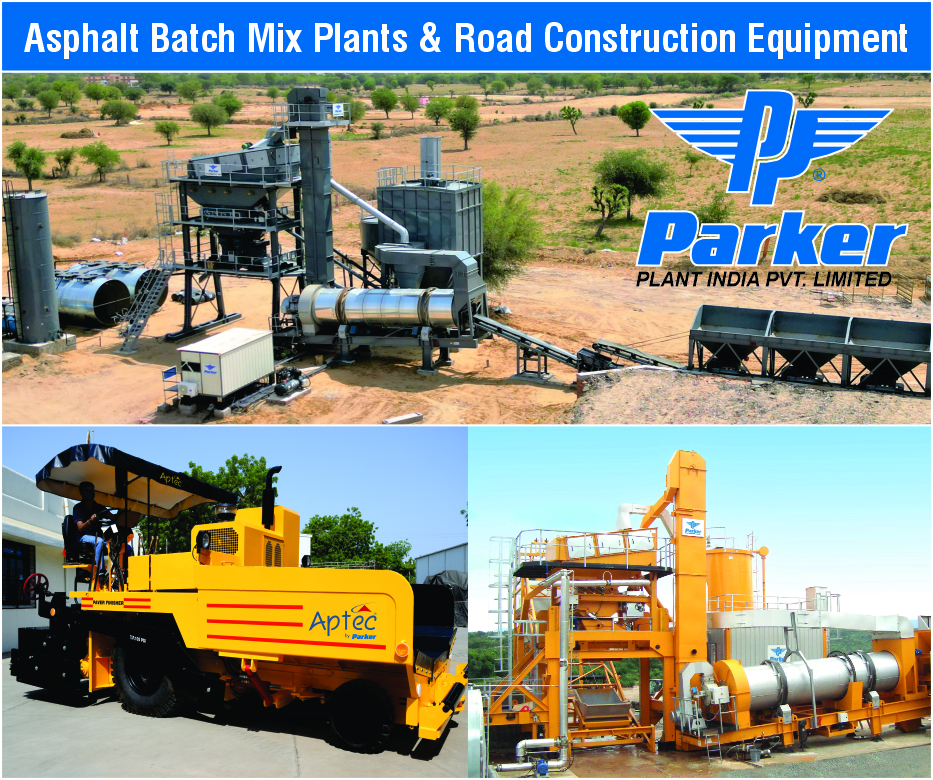In India’s ambition to scale up manufacturing, logistics and export-oriented growth, more and more “emerging cities” are being geared to serve not just local populations but large-scale trade flows. According to an insight piece by Hindustan Times, building trade-ready infrastructure in India’s second-tier and emerging urban centres “is not a one-time project — it is an ongoing process of integration, learning and course-correction.”
Key Pillars of Trade Infrastructure
The article identifies four core principles that are fueling this shift:
-
Multi-modal connectivity: Roads, rail, ports and airports must be synchronised so goods can move smoothly from factory to final destination. India’s flagship schemes like Bharatmala Pariyojana and Sagarmala Programme reflect this agenda.
-
Infrastructure enabling commerce, not just movement: It’s not enough to build roads and rails; infrastructure must be designed so industrial zones, logistics parks and warehousing hubs can function efficiently.
-
Cluster-based specialisation: Emerging cities are receiving infrastructure support to host focused manufacturing or logistics clusters rather than generic growth. This helps build scale, supply-chain depth and trade-link readiness.
-
Flexible zoning and adaptive planning: To support trade flows and export-led growth, cities are increasingly reworking land-zoning, utilities and services to meet modern logistics demands — bonded warehouses, freight parks, last-mile hubs and so on.
Why This Matters
For investors, developers and industrialists, this shift means opportunity. Cities outside the mega-metros, with the right infrastructure, are positioning themselves as nodes of industrial output and export readiness. This opens up land, housing, logistics and construction activity. For the Indian economy, it means moving up the value chain rather than just being a consumption market.
Challenges to Navigate
Despite the optimism, several hurdles need to be managed:
-
Financing and execution: The scale of trade-ready infrastructure is large-capital and long-gestation. Without timely rollout, the potential may remain unfulfilled.
-
Institutional coordination: Trade infrastructure cuts across transport, industry, urban planning and customs — requiring high levels of planning coherence.
-
Supply-chain readiness: Physical infrastructure must be matched by regulatory systems (customs, bonded zones), digital platforms and global market access.
-
Sustainability and resilience: Emerging cities must build infrastructure that is climate-resilient, cost-efficient and future-proof.
The Outlook
The article notes that the emerging-city wave is still in its early innings but accelerating. For developers and infrastructure players, aligning to trade-ready city plans could mean early-mover advantage. For policymakers, it implies that the next wave of growth will be geographically broader and more connected.







